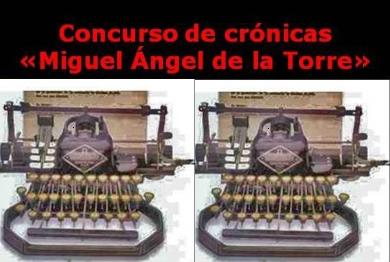4.2.6 The narrative and journalistic work of Miguel Ángel de la Torre (1884 – 1930)

Miguel Angel de la Torre did not leave behind an extensive narrative output, primarily exploring journalism with outstanding work as a chronicler, immune to the politicking that attempted to dominate the press of the time. Fewer than a dozen of this author’s works are known today, but their quality merits study, especially because he achieved a clear profile of the short story as a genre.
The only narrative text he published in book form—described by the author as a “short novel” but actually a long narrative—was “The Glory of the Family,” from 1914. The central theme of this work is the unity of the family in the context of an adverse economic situation, implicit in the social contradictions arising from the political and economic system, aggravated by administrative corruption and its impact on the domestic economy and traditional values of the family as an institution.
In his short story “Mongo,” he exposes the racial discrimination underlying the entire social fabric, with a skillful use of narrative sequence and irony. This and other pieces were not published in a complete volume until 1966.
The author moved across a relatively broad thematic spectrum despite his limited narrative output. His patriotic concerns are revealed in his treatment of passages from the War of ’95, as a vindication of the legacy of national rebellion that cried out to be updated in those circumstances. He also reveals an anticlerical outlook and, in a general sense, questions some deeply held values.
His work as a chronicler was quite extensive, and he considered it “the front-page smile,” not as a faithful copy of reality but as the transmutative art of the journalist, through which he imbues events with appeal and manages to capture the reader’s attention. Most of his texts of this nature date from the five-year period 1921–1925, and the events are captured in length and depth.
His first journalistic piece appeared in “Libertad,” the newspaper of the rebel camp, when he was just 14 years old. The many chronicles he wrote were published primarily in the publications “Cuba y América,” “El Fígaro,” “Letras,” “Alma Latina,” “Universal,” “Smart,” “Social,” “La Semana,” “Bohemia,” “Cuba,” “Heraldo de Cuba,” “La Nación,” “El Sol,” “El País,” “El Comercio,” “La Correspondencia,” and “El Mercurio,” among others.








